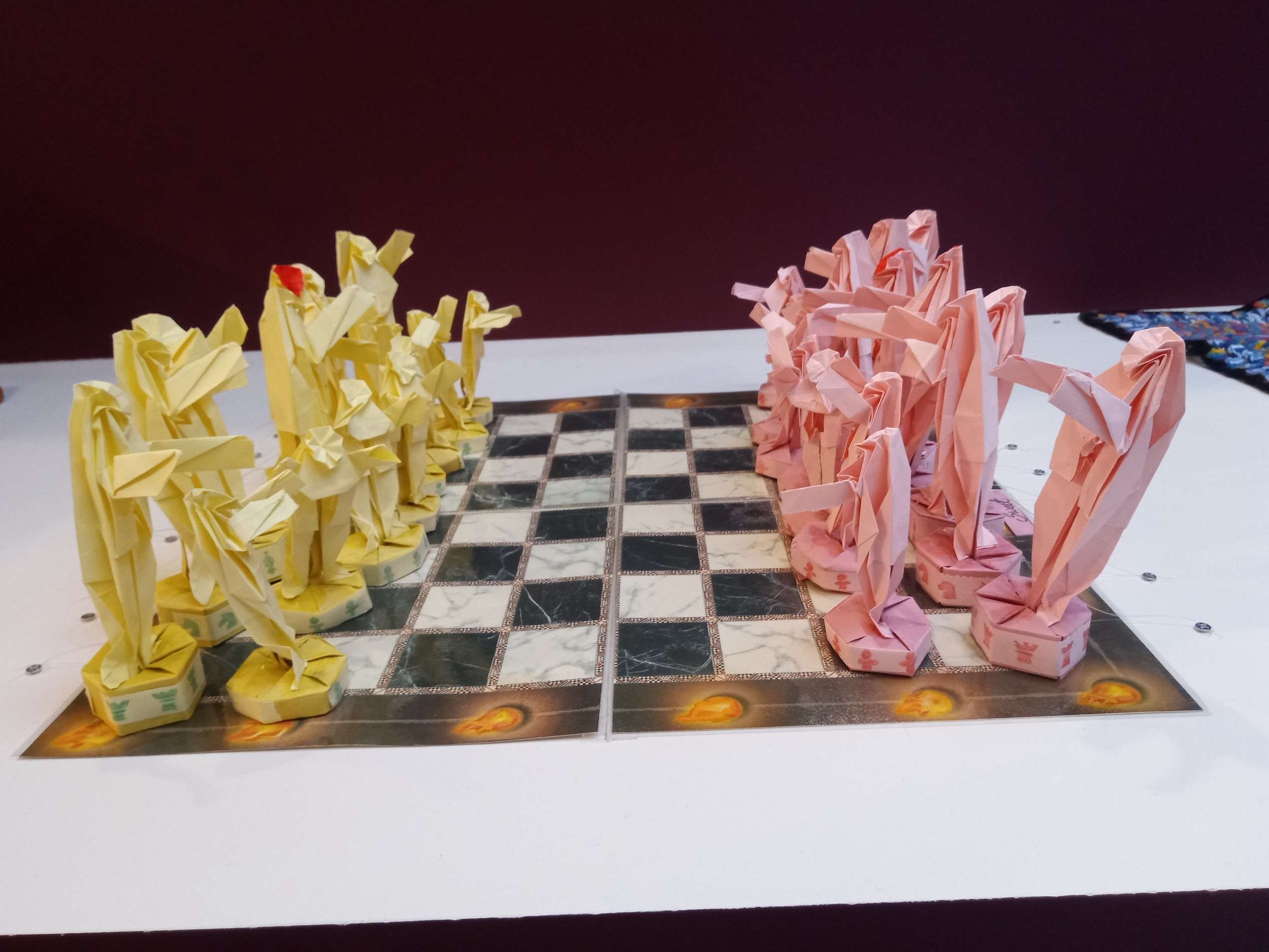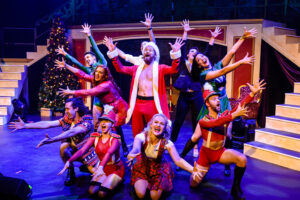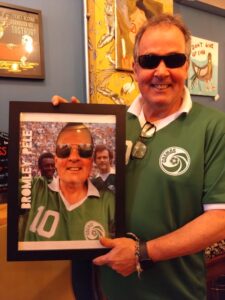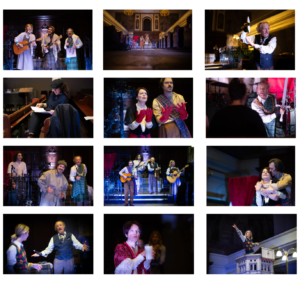Every year Koestler Arts invite a top creative to curate their annual exhibition of Prisoner Art at the Southbank Centre and this year it was Ai Weiwei, the Chinese artist who himself has lived behind a door locked by others and knows the feeling of having your whole soul suffocated, writes Michael Holland
Weiwei has been openly critical of his country’s lack of democracy and human rights. He has investigated the government and revealed corruption and cover-ups through his art, and it is this that has had him arrested and imprisoned without charge in the past. Thankfully, with pressure from around the world, Weiwei was released and allowed to leave China.
As the proud recipient of over 20 Koestler Awards, I am a big supporter of the work they do in rehabilitating prisoners so make sure I always attend the annual show.
At the entrance, you are confronted with big works. A massive blindfolded bust almost blocks your way but your eyes look for a way around it and travel up to find a tapestry of an aquarium, the fish swimming freely. But then you realise the dimensions of the artwork are similar to those of a prison cell and you once again remember where you are and why you are there.
I negotiated my route around the gatekeeping bust and was welcomed by an ex-offender, highly trained in exhibition duties, asking if I needed any advice and explaining the feedback forms to me.
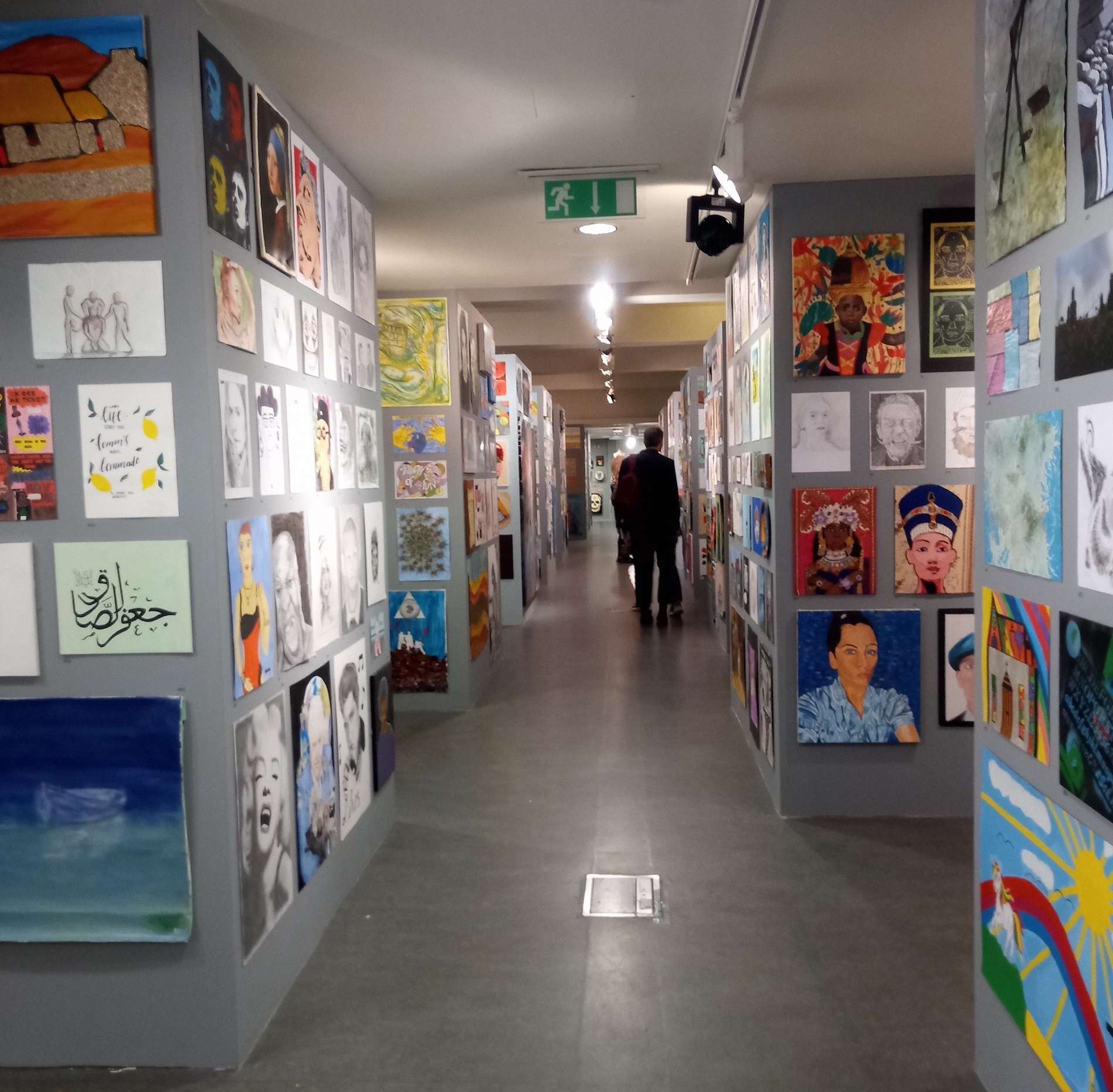
I thanked her and stepped into the exhibition proper and was instantly overcome with stifling claustrophobia, the walls and low ceiling were closing in on me. This was déjà vu at its most dire. Weiwei had laid out the exhibition like a prison landing. There was the hubbub of behind-the-door chatter coming from the ‘cells’ but when I looked no one was there, just the artwork hung close together, crowded in, banged-up in themes: portraits, animals, birds, landscapes, abstract…
Weiwei has recreated the worst aspects of jail for the exhibition, but that was his intention. He wants visitors to feel as he felt, as I felt and as thousands feel right now. Locked in a cell that at the same time will be your bedroom, dining room and toilet; a cell meant for one that you share with two others. Of course, prisons are necessary, but the inhumanness of it is not necessary.
My initial thoughts were that hanging the show like the Royal Academy’s Summer Exhibition or the Whitechapel Open, which is cramming everything in, took away from the quality by adding quantity. But that was until I read Weiwei’s thoughts on this. After looking at over 6500 artworks entered from UK institutions he wanted to be as inclusive as possible and to let the artwork show how humanity responds when put in extreme circumstances. He managed to whittle the number down to more than 1800 to fit into the exhibition space and said: ‘Expressing oneself is a part of being human. To be deprived of a voice is to be told you are not a participant in society; ultimately it is a denial of humanity.’
I had some favourites. I liked the isolated cottage by the coast, the sand and the sky forming the Ukraine flag that was reflected in the blue and yellow flag flying from the chimney. I loved the statue of Boris Johnson, tethered with ropes at the neck and being pulled off its plinth by those who have decided enough is enough of this idiot.
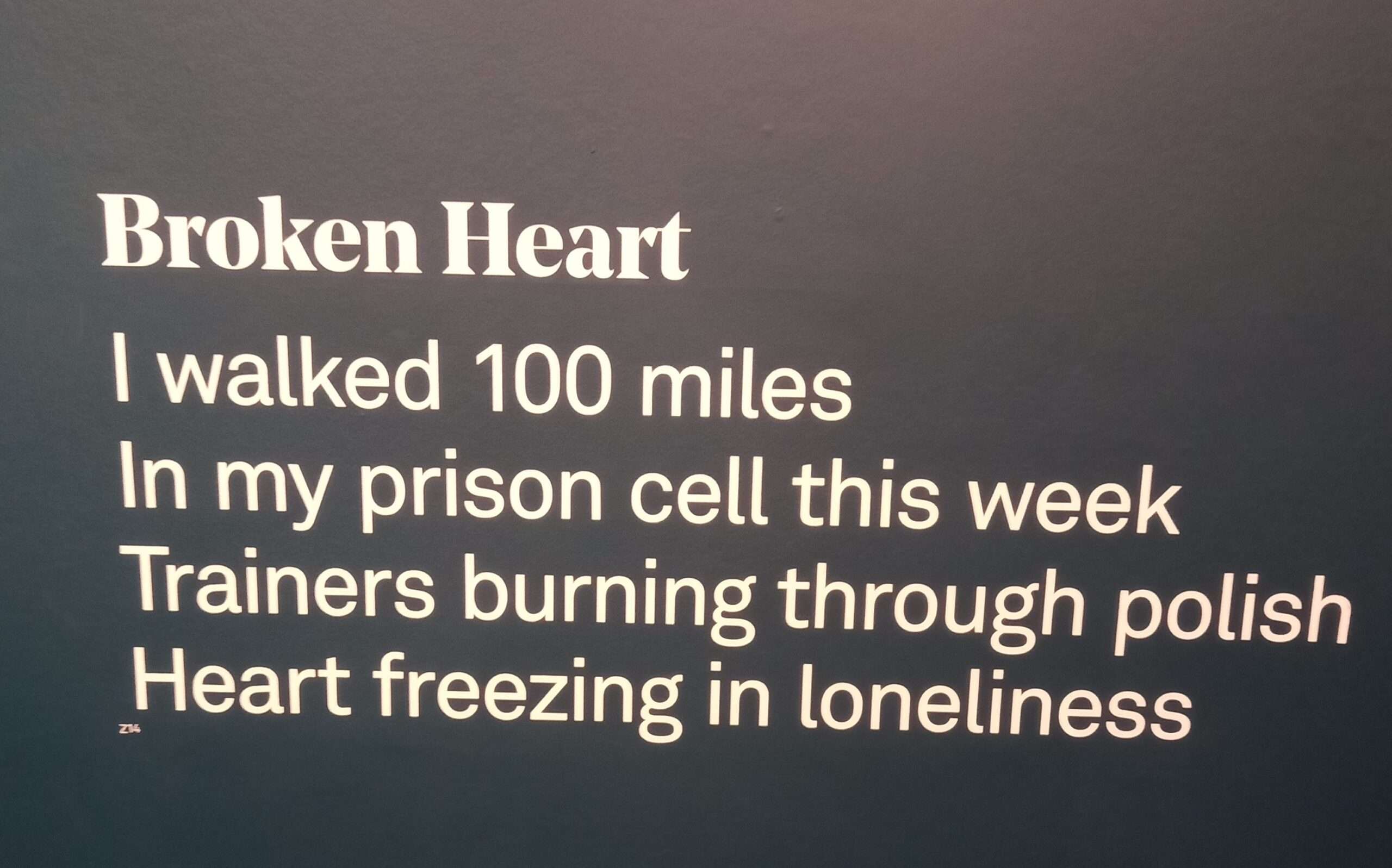
But for me, the best piece was the chess sets – Sweet and Sour – beautifully origamied into the shapes of the chessmen and ready to do battle. It shows the ingenuity of those with little to do and lots of time to do it. Creating a game that they can play alone or against a friendly cellmate foe.
As well as the visual art there is also the written word to enjoy, with a selection of poems showcased on the walls.
Leave prejudices at the door and go in with an open mind.
Koestler Arts Exhibition, Southbank Centre, SE1 8XX until December 18th. Daily from 10am. Daily tours led by ex-prisoners; for times see koestlerarts.org.uk
Admission: Free
Some of the entries are for sale: https://koestlerarts.org.uk/shop/
Photos: M. Holland


